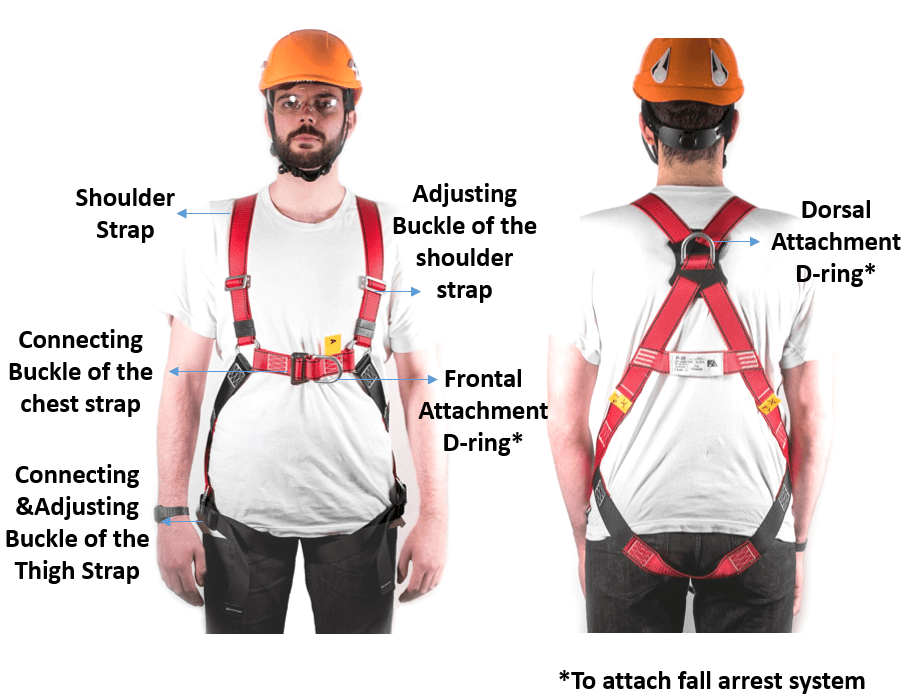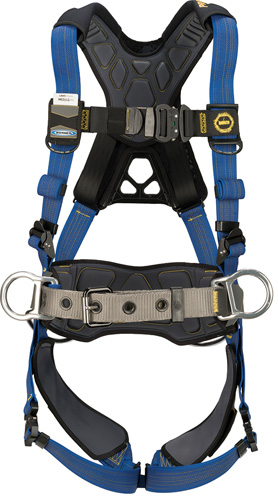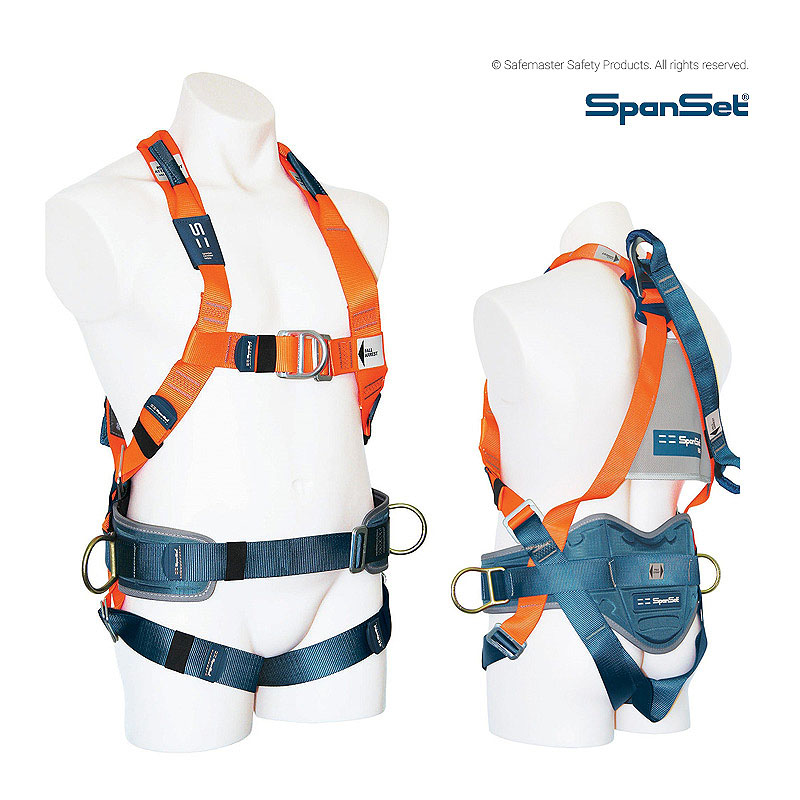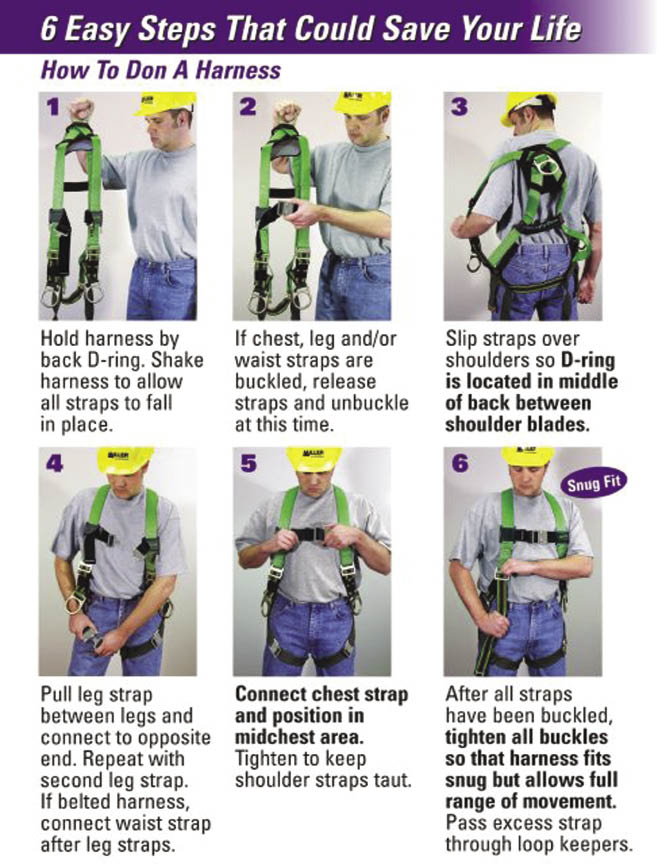Body Belts Are Allowed In Fall Arrest System
Body belts are allowed in fall arrest system. Be limited to 1800 lbs. Based on these stark findings and on the rate of belt-related deaths in the construction industry OSHA in 1998 banned body belts as a form of personal fall arrest system although the belts were still permitted for positioning. Body belts are no longer According to the Bureau of Labor Statistics 335 construction workers died from job-related falls in 1995.
Thank you for your interest in occupational safety and health. That was the year the Occupational Safety and Health Administrations OSHA Safety Standards for Fall Protection in the Construction Industry. In some jurisdictions such as Washington State.
False Covers shall be capable of supporting without failure at least twice the weight of the person material and equipment combined. The regulatory requirements are pretty straightforward. In the construction industry body belts are only acceptable for work positioning.
A maximum arresting force of 1800 pounds is allowed when a body harness is utilized. Fall Protection - Fall Protection Plan General Body belts. A body harness would be needed as part of Personal Fall Arrest System PFAS that is used to prevent a worker from free falling more than 6 feet and prevents impact with the lower surface.
They may be used in a fall restraint system but we advise to use a full body safety harness instead. In the meantime body belts can only be used if the system limits the maximum arresting force on an employee to 900 pounds. In some jurisdictions such as Washington State belts.
A maximum arresting force of 1800 pounds is allowed when a body harness is utilized. Can electricians doing construction work in an aerial lift use a positioning device to meet the fall protection requirements. Of force when wearing a body belt.
In the meantime body belts can only be used if the system limits the maximum arresting force on an employee to 900 pounds. The body harness distributes the force over the thighs pelvis waist chest and shoulders.
Most employers prohibit the use of body belts altogether.
1915159a Criteria for connectors and anchorages. Some restraint systems require manual adjusting of the lanyard and a fall could occur when a miscalculation is made. Under 1926502d body belts are not permitted to be used in a personal fall arrest system and the requirement is not negated by the use of a positioning device that limits any fall to 2 feet. Body belts are NOT recommended for fall arrest applications by fall protection professionals. What this means for you is that if you are still providing body belts and lanyards for your aerial liftcompact lift operators you will have to switch to an OSHA-compliant system by January 17. In the meantime body belts can only be used if the system limits the maximum arresting force on an employee to 900 pounds. A maximum arresting force of 1800 pounds is allowed when a body harness is utilized. While OSHA strongly encourages employers to use body harnesses we will not issue citations to employers that use body belts as part of a personal fall arrest system where OSHA has not specifically prohibited their use. Fall hazard a fall-arrest system must be used.
Examples of personal fall protection systems include personal fall arrest systems positioning systems and travel restraint systems. Body belts arent allowed to be used in a fall arrest system. In the meantime body belts can only be used if the system limits the maximum arresting force on an employee to 900 pounds. A maximum arresting force of 1800 pounds is allowed when a body harness is utilized. In some jurisdictions such as Washington State. A maximum arresting force of 1800 pounds is allowed when a body harness is utilized. Be limited to 1800 lbs.

















.jpg)
























Posting Komentar untuk "Body Belts Are Allowed In Fall Arrest System"